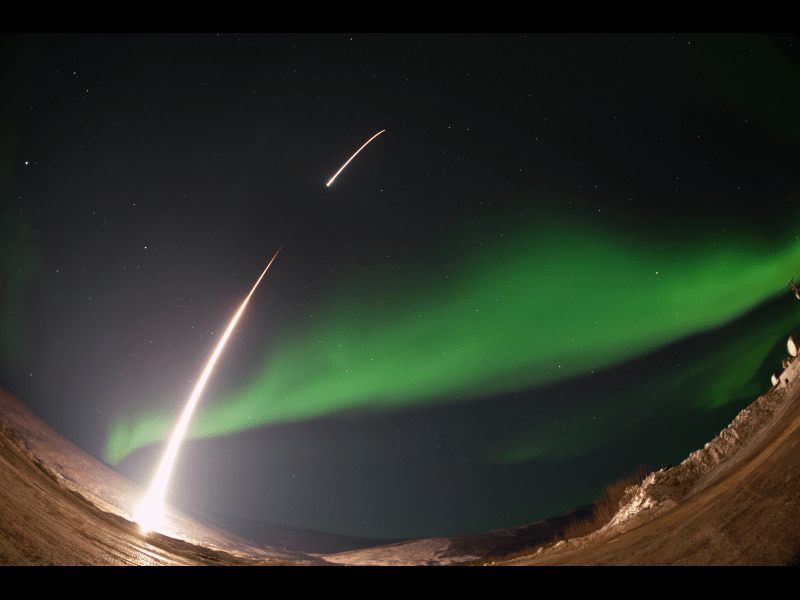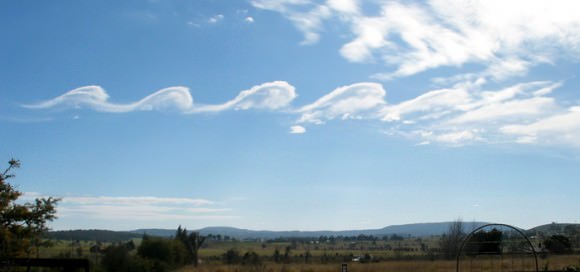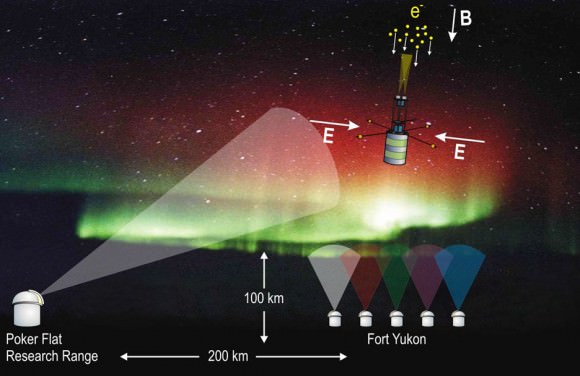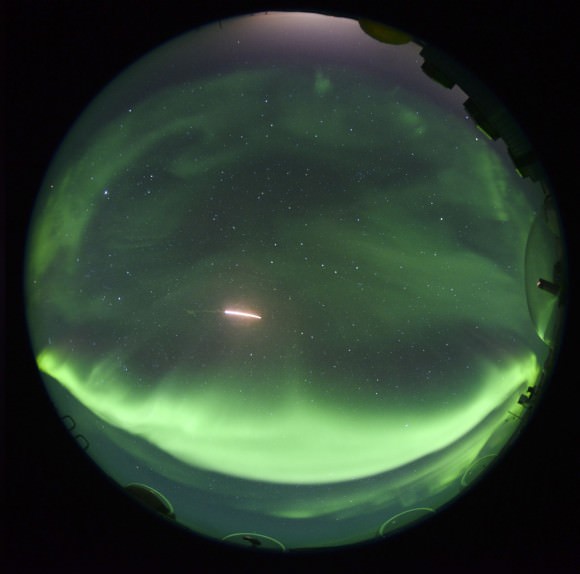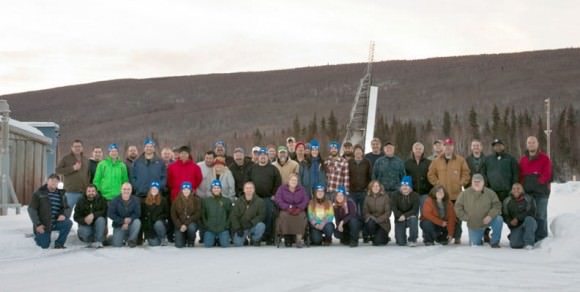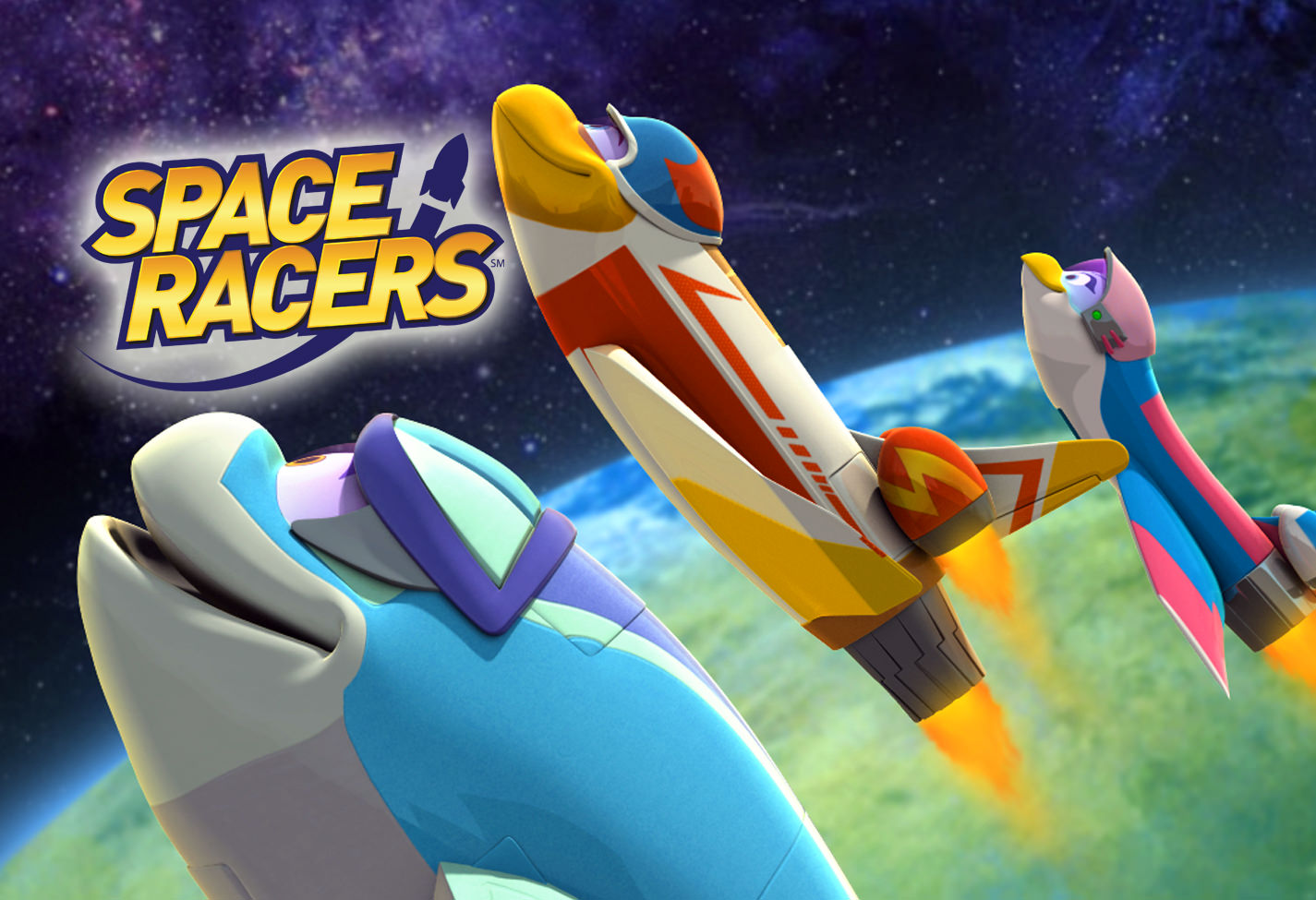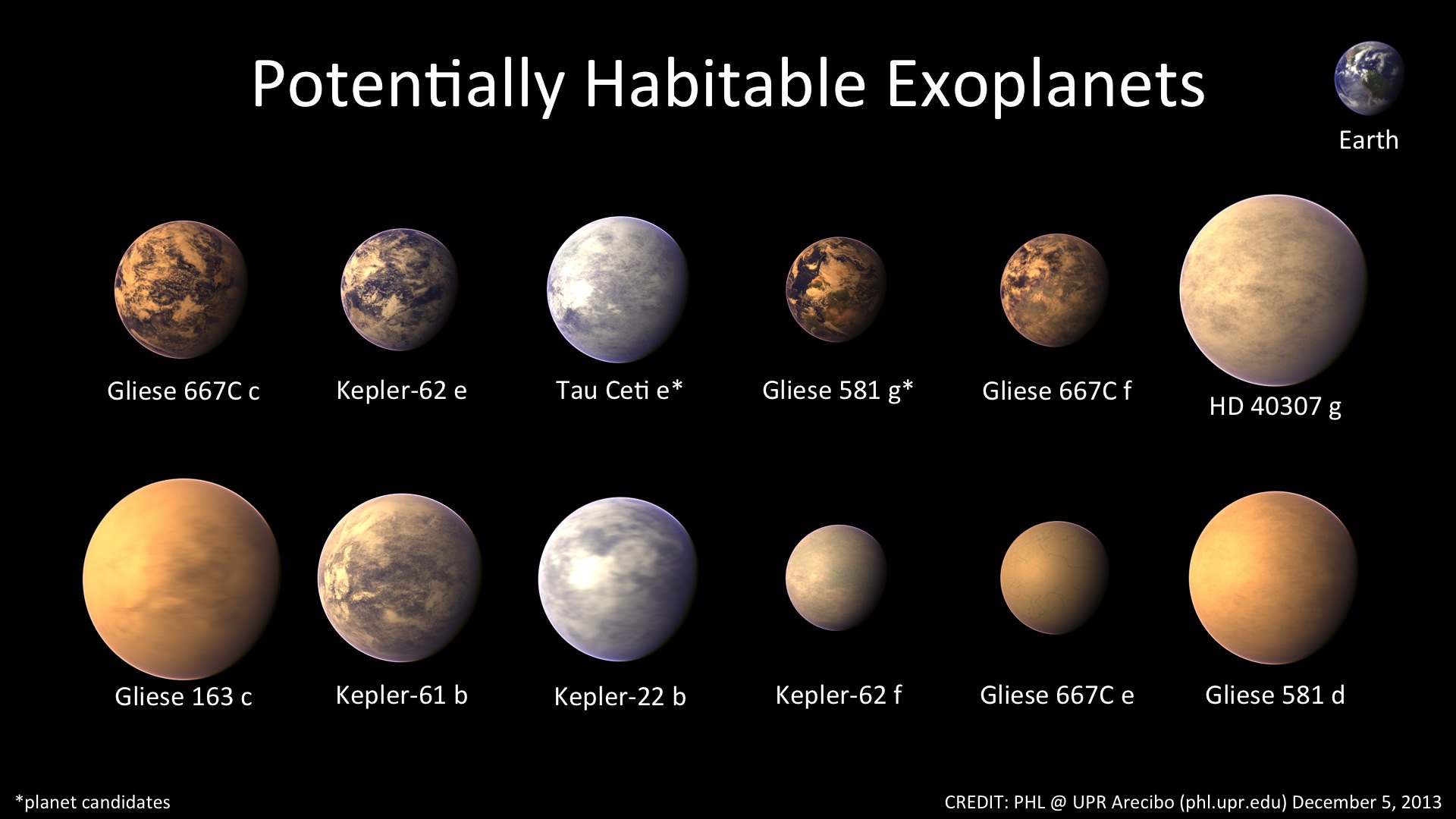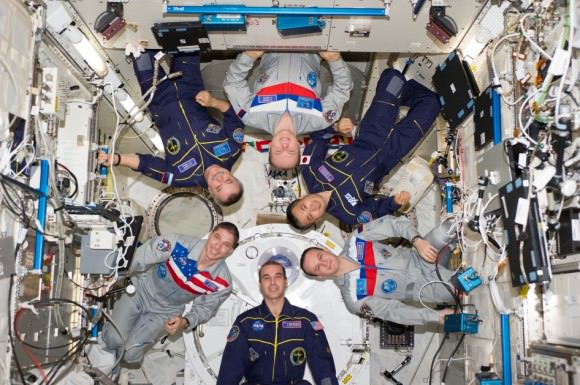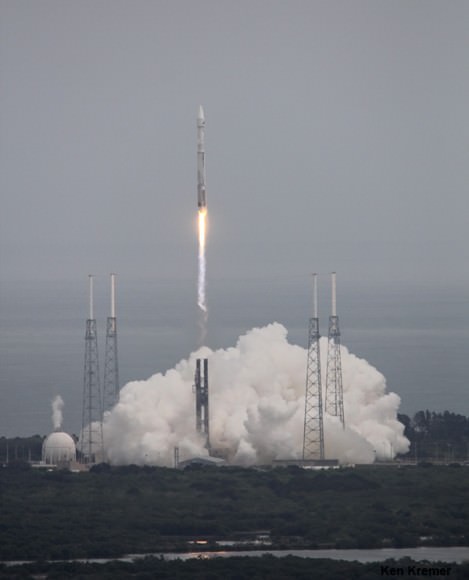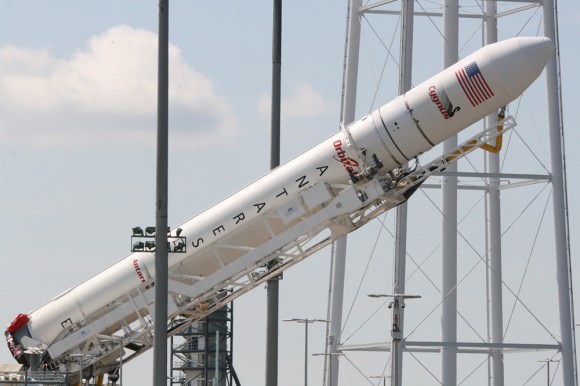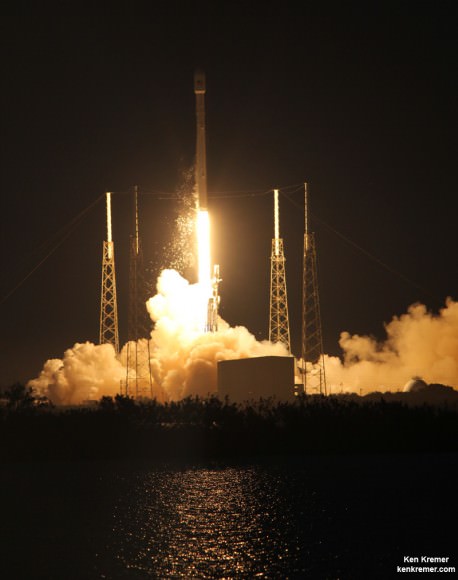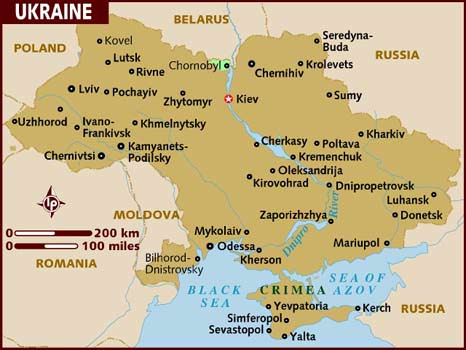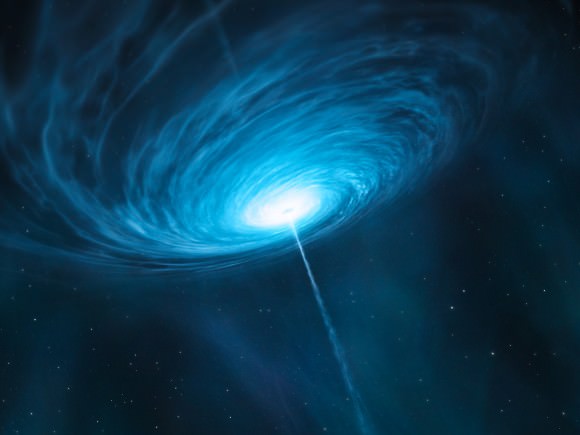Planetary shields up: solar storms inbound…
Researchers at NASA’s Goddard Spaceflight Center and the Massachusetts Institute of Technology have identified a fascinating natural process by which the magnetosphere of our fair planet can — to use a sports analogy — “shot block,” or at least partially buffer an incoming solar event.
The study, released today in Science Express and titled “Feedback of the Magnetosphere” describes new process discovered in which our planet protects the near-Earth environment from the fluctuating effects of inbound space weather.
Our planet’s magnetic field, or magnetosphere, spans our world from the Earth’s core out into space. This sheath typically acts as a shield. We can be thankful that we inhabit a world with a robust magnetic field, unlike the other rocky planets in the inner solar system.
But when a magnetic reconnection event occurs, our magnetosphere merges with the magnetic field of the Sun, letting in powerful electric currents that wreak havoc.
Now, researchers from NASA and MIT have used ground and space-based assets to identify a process that buffers the magnetosphere, often keeping incoming solar energy at bay.
The results came from NASA’s Time History Events and Macroscale Interactions during Substorms (THEMIS) constellation of spacecraft and was backed up by data gathered over the past decade for MIT’s Haystack Observatory.
Observations confirm the existence of low-energy plasma plumes that travel along magnetic field lines, rising tens of thousands of kilometres above the Earth’s surface to meet incoming solar energy at a “merging point.”
“The Earth’s magnetic field protects life on the surface from the full impact of these solar outbursts,” said associate director of MIT’s Haystack Observatory John Foster in the recent press release. “Reconnection strips away some of our magnetic shield and lets energy leak in, giving us large, violent storms. These plasmas get pulled into space and slow down the reconnection process, so the impact of the Sun on the Earth is less violent.”
The study also utilized an interesting technique known as GPS Total Electron Content or GPS-TEC. This ground-based technique analyzes satellite transmitted GPS transmissions to thousands of ground based receivers, looking for tell-tale distortions that that signify clumps of moving plasma particles. This paints a two dimensional picture of atmospheric plasma activity, which can be extended into three dimensions using space based information gathered by THEMIS.
And scientists got their chance to put this network to the test during the moderate solar outburst of January 2013. Researchers realized that three of the THEMIS spacecraft were positioned at points in the magnetosphere that plasma plumes had been tracked along during ground-based observations. The spacecraft all observed the same cold dense plumes of rising plasma interacting with the incoming solar stream, matching predictions and verifying the technique.
Launched in 2007, THEMIS consists of five spacecraft used to study substorms in the Earth’s magnetosphere. The Haystack Observatory is an astronomical radio observatory founded in 1960 located just 45 kilometres northwest of Boston, Massachusetts.
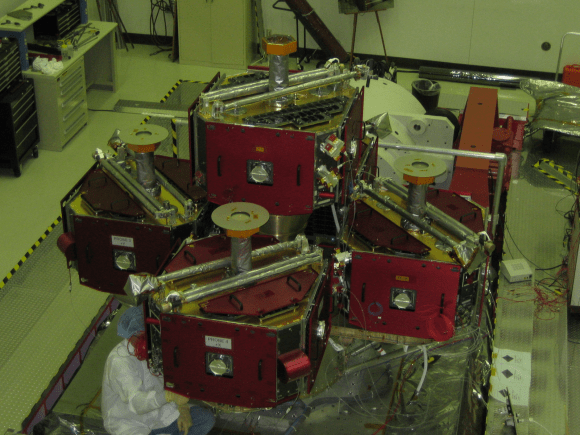
How will this study influence future predictions of the impact that solar storms have on the Earth space weather environment?
“This study opens new doors for future predictions,” NASA Goddard researcher Brian Walsh told Universe Today. “The work validates that the signatures of the plume far away from the Earth measured by spacecraft match signatures in the Earth’s upper atmosphere made from the surface of the Earth. Although we might not always have spacecraft in exactly the correct position to measure one of these plumes, we have almost continuous coverage from ground-based monitors probing the upper atmosphere. Future studies can now use these signatures as a proxy for when the plume has reached the edge of our magnetic shield (known as the magnetopause) which will help us predict how large a geomagnetic storm will occur from a given explosion from the Sun when it reaches the Earth.”
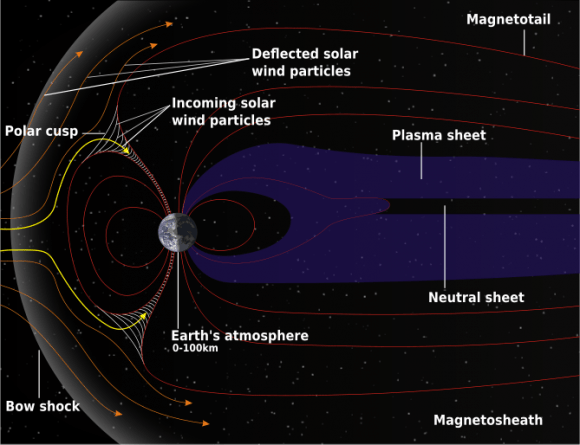
Understanding how these plasma plumes essentially hinder or throttle incoming energy during magnetic reconnection events, as well as the triggering or source mechanism for these plumes is vital.
“The source of these plumes is an extension of the upper atmosphere, a region that space physicists call the plasmasphere,” Mr. Walsh told Universe Today. “The particles that make the plume are actually with us almost all of the time, but they normally reside relatively close to the Earth. During a solar storm, a large electric field forms and causes the upper layers of the plasmasphere to be stripped away and are sent streaming sunward towards the boundary of our magnetic field. This stream of particles is the ‘plume’ or ‘tail’”
Recognizing the impacts that these plumes have on space weather will lead to better predictions and forecasts for on- and off- the planet as well, including potential impacts on astronauts aboard the International Space Station. Flights over the poles are also periodically rerouted towards lower latitudes during geomagnetic storms.
“This study defines new tools for the toolbox we use to predict how large or how dangerous a given solar eruption will be for astronauts and satellites,” Walsh said. “This work offers valuable new insights and we hope these tools will improve prediction capabilities in the near future.”
Spaceweather is currently a hot topic, as we’ve recently seen an uptick in auroral activity last month.
And speaking of which, there’s a common misconception out there that we see reported every time auroral activity makes the news… remember that aurorae aren’t actually caused by solar wind particles colliding with our atmosphere, but the acceleration of particles trapped in our magnetic field fueled by the solar wind.
And speaking of solar activity, there’s also an ongoing controversy in the world of solar heliophysics as to the lackluster solar maximum for this cycle, and what it means for concurrent cycles #25 and #26.
It’s exciting times indeed in the science of space weather forecasting…
and hey, we got to drop in sports analogy, a rarity in science writing!


